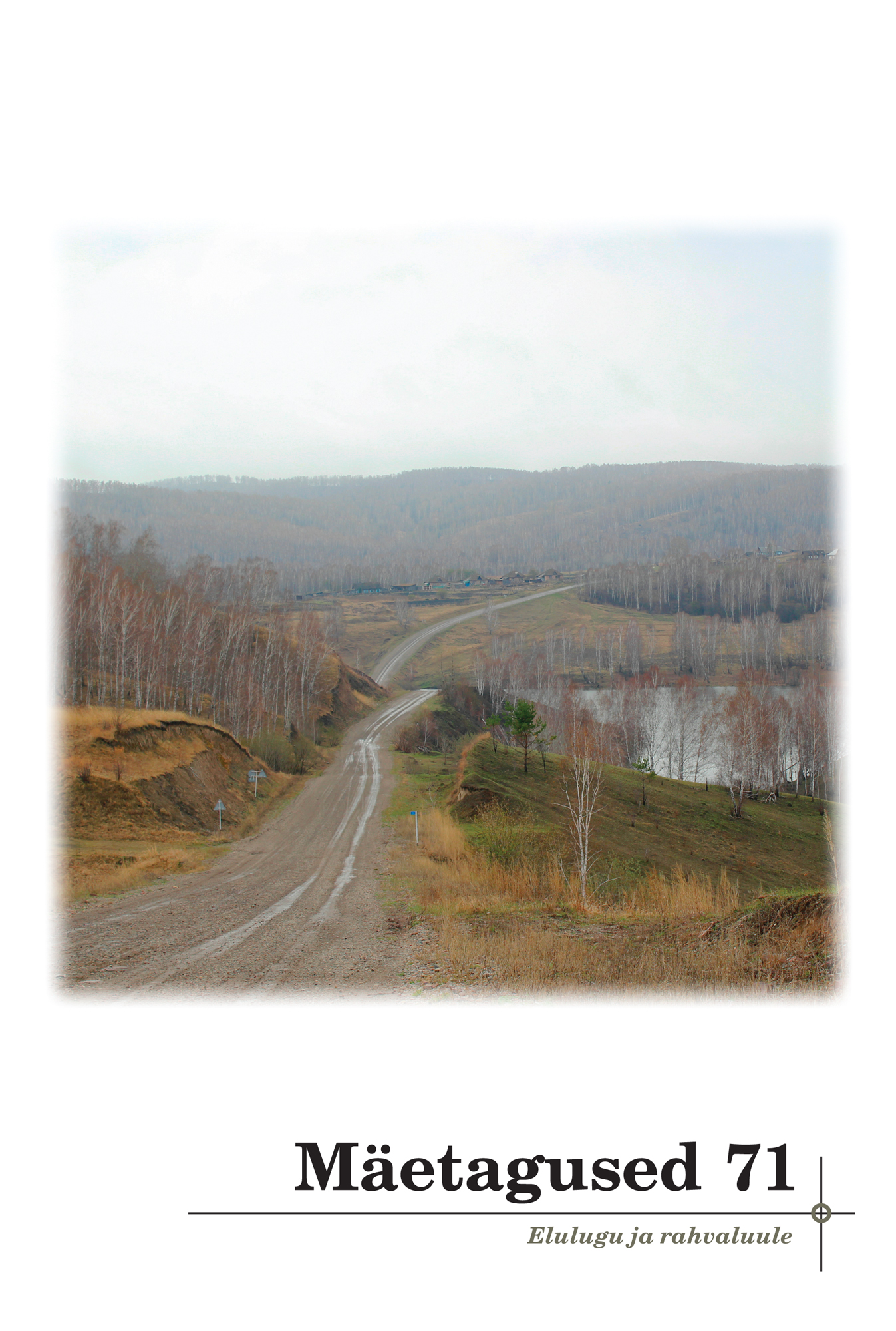Ajalugu, mida polnud? Homoseksuaalse iha jäljed kolmes kohtuasjas
A history that never was? Traces of homosexual desire in three court cases
Author(s): Andreas KalkunSubject(s): Gender Studies, Customs / Folklore, Criminal Law, Cultural Anthropology / Ethnology, Culture and social structure
Published by: Eesti Kirjandusmuuseum
Keywords: homosexuality; Military District Court of the Republic of Estonia; queer history;
Summary/Abstract: The criminal code of the Republic of Estonia, in which homosexual acts between consenting adults were not considered to be a crime, was adopted in 1929 but came into force as late as at the beginning of 1935. Before the adoption of the new criminal law, the criminal and correctional penal code of Imperial Russia was observed in the Republic of Estonia, and Article 995 of this code considered “pederasty” a crime. The article analyses three court cases of men on trial for homosexuality at the Military District Court of the Republic of Estonia in 1919, 1929, and 1931. In addition to the court cases, articles discussing homosexuality published in the newspapers of the period are used as sources to provide a context and discourse to frame the court files under discussion. I analyse specific texts related to punishment and correction, included in the court files, as potential sources in queer history research. The majority of approaches to homosexuality published in the written press in the 1920s and 1930s are misogynist and reproduce certain prejudices, notably emphasising, among other things, the spreadability of homosexuality in military institutions. At the same time, one can find newspaper texts which mediate ideas that were topical in Europe at the time about how homosexuality as a congenital condition should not be punishable by criminal law. The court cases about “pederasty” emphatically focus on sex: the cases deal with criminalised sexual intercourse rather than, for example, explore romantic feelings or love. Owing to the focus on perversity and accusations, the cases are highly discriminatory and negative portrayals of the people. Writers of the transcripts have transformed the testimonies of the witnesses and the accused persons into odd court jargon and the accused themselves strive to impart as little information about them as possible. The accused may lie and be secretive or make desperate confessions but the information written in the transcripts is peculiarly biased and superficial. The people accused in these court cases are of various backgrounds, and the gallery of characters is further widened by men who testified as witnesses and were sometimes part of a closer social circle of the accused. Manifestations of so-called homosexual desire in these stories also vary – there are consenting sexual intercourses, but also hierarchical, violent ones, or those the nature of which remains ambivalent in the sources. What really happened between the men prosecuted at the military district court remains largely hidden behind the veil of secrecy. The court transcripts are full of conflicting testimonies and generally speak only of physical bodies and convey the impressions of eye-witnesses. Emotions, sought after by queer histories, are explicitly scarce in the transcripts. Regardless of that, there are flashes of information popping up from time to time, casting most light on the lives and everyday practices of the accused or the nature of their homosexual desire.
Journal: Mäetagused. Hüperajakiri
- Issue Year: 2018
- Issue No: 71
- Page Range: 143-174
- Page Count: 32
- Language: Estonian

